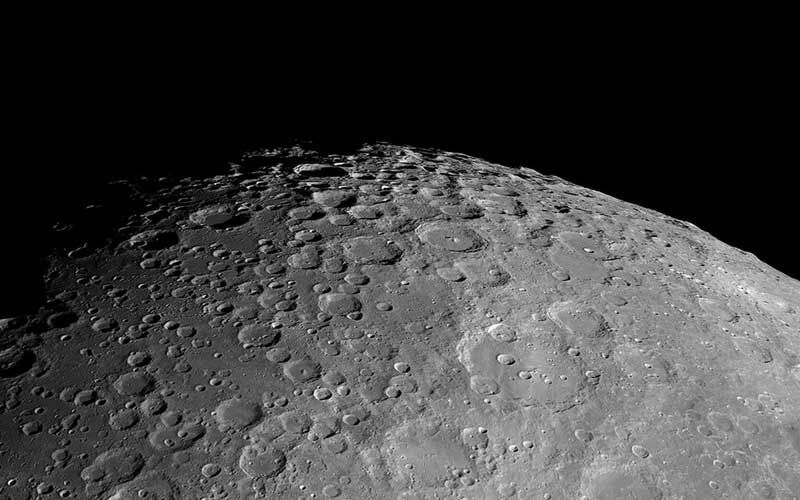
The European Space Agency has published an initial development call for a proposed radio telescope that would be built on the far side of the Moon.
The Astrophysical Lunar Observatory (ALO) was first examined for possible inclusion in ESA’s Terrae Novae 2030+ programme as far back as 2021. The initiative aims to build a low-frequency interferometer on the far side of the Moon. This system utilizes an array of antennas spread out over a large distance, which work together to simulate a single large radio telescope.
The primary advantage of building a radio telescope on the far side of the Moon is that it would be shielded from radio interference from Earth. This advantage does, however, come with significant challenges.
To build a large-area low-frequency interferometer on the far side of the Moon, each of the antennas that it is comprised of needs to be transported to the Moon and then deployed on the lunar surface. As a result, the antenna used for this purpose will need to be as small and light as possible.
On 18 October, ESA published a call for interest in the development of compact low-frequency antennas for deployment on the lunar surface. In addition to the antenna itself, the call requires the examination of possible solutions for the deployment of the antennas. Possible solutions provided by ESA included inflatable structures, printed antennas, and deployable booms.
According to the call, the target is to carry several hundred antennas at a time to the surface of the Moon aboard the agency’s Argonaut lunar lander.
Argonaut is being developed as a multi-use lander that is designed to be capable of carrying payloads of up to 1,800 kilograms to the lunar surface. The inaugural flight of Argonaut is expected in 2031 aboard an Ariane 64 rocket.




